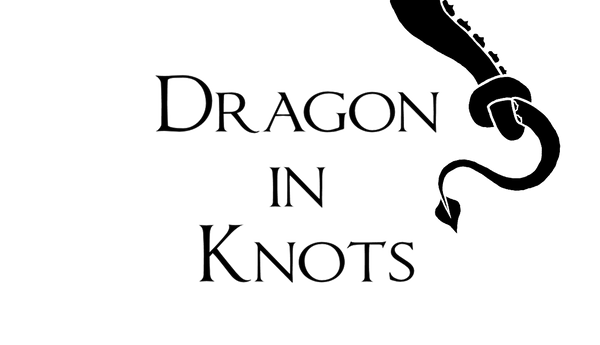
A Girl Called Foote by A.E. Walnofer (Review)
Share

A Girl Called Foote falls into the category of books I found while randomly flipping through the ebook offerings of the local library. Isn’t it wonderful how the library lets us take a chance on books we wouldn’t normally consider?
In all honesty, I chose the book because of its cover. It stands out from other library offerings in its simplicity.
subtle, elegant, as enigmatic as the title, and reminiscent of old books – thus well-suited for a novel about a 19th century bookworm
The book begins as an episodic novel, showing glimpses into the childhoods of the two protagonists: Jonathan Clyde, the mischievous son of a baronet, and Lydia Smythe, the bookish daughter of a farmer. As Jonathan and Lydia grow up and their lives begin to intertwine, the episodes become linked chapters in a cohesive narrative that include perspectives from supporting characters.
This structure is intriguing from a narrative point of view. Sadly, it wreaks havoc on the navigation of the Overdrive menu, which only has two “chapter” bookmarks: one at the beginning of the book and one at the “Midpoint”. The latter of these is, in fact, only a quarter of the way through the book. The third and fourth sections had no bookmark at all, so that when I thought I was nearing the end of the book, I still had half left to read. With such large sections, it is difficult to refer back to an earlier page. Each episode/chapter really needs its own link in the navigation menu. Perhaps the Kindle version has them listed separately?
__________________________________________________________________________
A Girl Called Foote addresses real world topics; such as the death of a loved one, substance abuse, and the threat of sexual assault. These are treated in a manner appropriate for young teens and older readers.
(The following sentences contain SPOILERS. Highlight the text to read.) However, Walnofer doesn’t always see these difficult topics through. She shows us how dependent Sophia is on laudanum, yet Sophia appears perfectly normal in her next appearance after Jonathan confiscates the key to the cabinet. Giving up an addictive substance is a physically and emotionally trying process for both the person undergoing recovery and her loved ones. While I understand the author not wishing to focus the novel on drug withdrawal, an acknowledgement that recovery is not instantaneous would have served the dual purpose of resolving that story arc and recognizing the long term effects of substance abuse. Also, it seems a bit cold in Jonathan to have no other thought about Joan Ploughman’s death, beyond being grateful that Lydia is relieved at his return and that he can assist her. Lydia acknowledges that she is the only one mourning. Granted Joan is “just” a maid, but she has been part of Jonathan’s life since he was a child and he should feel some sense of loss. Just a sentence or two in each of these situations would add more humanity to the characters.
A Girl Called Foote reuses many tried and true archetypes, with a twist here and a German there. The plot and the characters aren’t revolutionary. The appeal of the book is in how it’s told: brief moments of poor decisions, banal and memorable encounters with others, and raw emotions. It’s a charming, occasionally heartrending, coming-of-age love story and a worthy début for a budding YA author.

1 comment
Thank you for your kind review. I truly appreciate that you took the time to write it. I’m so pleased that you found my novel a charming and worthy debut. The insomnia I’m presently suffering has turned into a pleasant experience after all. :)